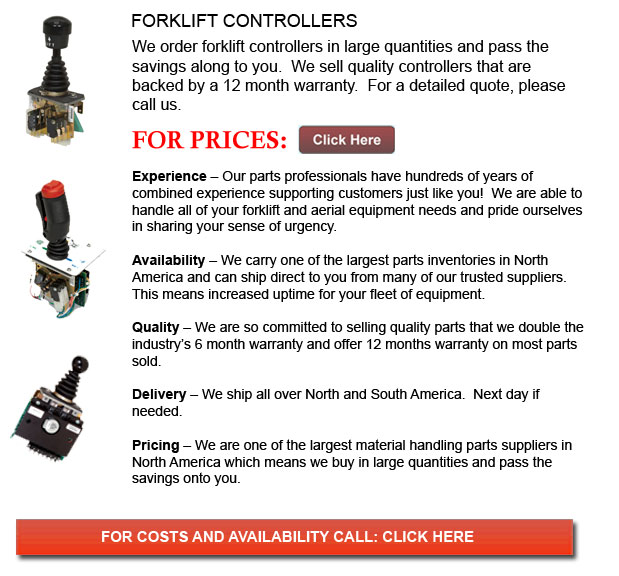
Controllers for Forklift - Forklifts are obtainable in various load capacities and different units. The majority of lift trucks in a regular warehouse situation have load capacities between one to five tons. Larger scale models are used for heavier loads, like loading shipping containers, could have up to 50 tons lift capacity.
The operator could make use of a control to lower and raise the tines, which are likewise known as "tines or forks." The operator could likewise tilt the mast to be able to compensate for a heavy load's propensity to tilt the tines downward to the ground. Tilt provides an ability to operate on rough surface as well. There are yearly competitions meant for skillful forklift operators to compete in timed challenges and obstacle courses at regional forklift rodeo events.
All lift trucks are rated for safety. There is a particular load maximum and a specified forward center of gravity. This essential information is provided by the maker and located on the nameplate. It is essential cargo do not exceed these specifications. It is unlawful in many jurisdictions to tamper with or take out the nameplate without obtaining permission from the lift truck manufacturer.
Most lift trucks have rear-wheel steering so as to enhance maneuverability. This is particularly helpful within confined areas and tight cornering spaces. This particular type of steering varies rather a bit from a driver's initial experience with various motor vehicles. As there is no caster action while steering, it is no essential to apply steering force so as to maintain a continuous rate of turn.
Unsteadiness is one more unique characteristic of forklift use. A constantly varying centre of gravity happens with each and every movement of the load amid the forklift and the load and they should be considered a unit during use. A forklift with a raised load has gravitational and centrifugal forces which may converge to cause a disastrous tipping accident. In order to prevent this possibility, a forklift should never negotiate a turn at speed with its load raised.
Forklifts are carefully designed with a cargo limit for the tines. This limit is lowered with undercutting of the load, which means the load does not butt against the fork "L," and likewise lessens with fork elevation. Generally, a loading plate to consult for loading reference is located on the lift truck. It is dangerous to utilize a forklift as a personnel hoist without first fitting it with certain safety devices like for instance a "cage" or "cherry picker."
Forklift utilize in warehouse and distribution centers
Important for any distribution center or warehouse, the lift truck should have a safe environment in which to accommodate their safe and efficient movement. With Drive-In/Drive-Thru Racking, a forklift should go in a storage bay which is several pallet positions deep to set down or obtain a pallet. Operators are normally guided into the bay through rails on the floor and the pallet is located on cantilevered arms or rails. These tight manoeuvres require skillful operators in order to carry out the task safely and efficiently. As every pallet requires the truck to go in the storage structure, damage done here is more common than with different types of storage. If designing a drive-in system, considering the size of the blade truck, together with overall width and mast width, should be well thought out in order to ensure all aspects of a safe and effective storage facility.
![]() Click to Download the pdf
Click to Download the pdf
Forklift Parts
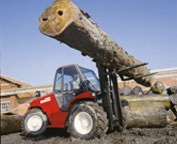
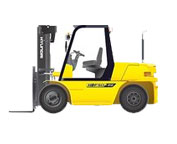
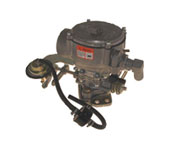
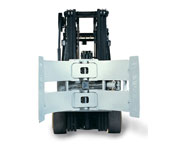
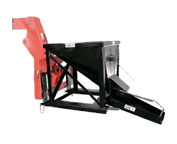
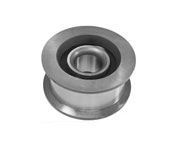
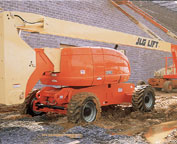
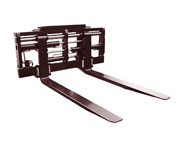
Lift Parts Express
TOLL FREE: 1-888-695-7994
LOCAL: (623) 900-4306
5156 W Olive Ave #407
Glendale, Arizona
forkliftpartsinglendale.com
Email Us
About Us


